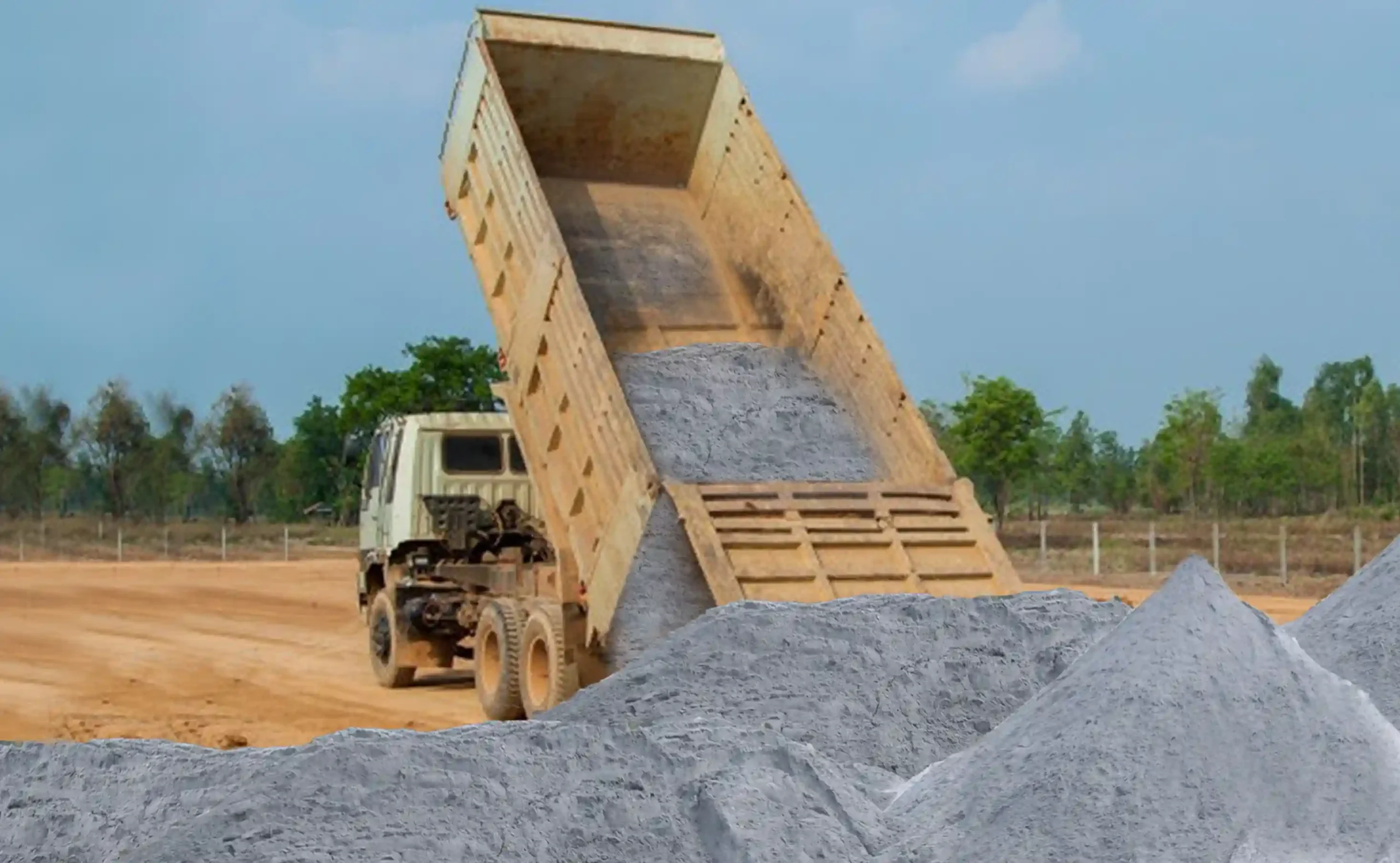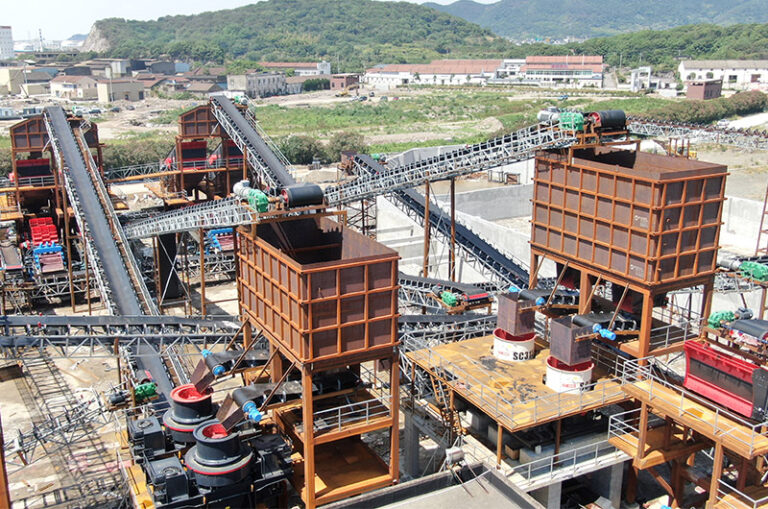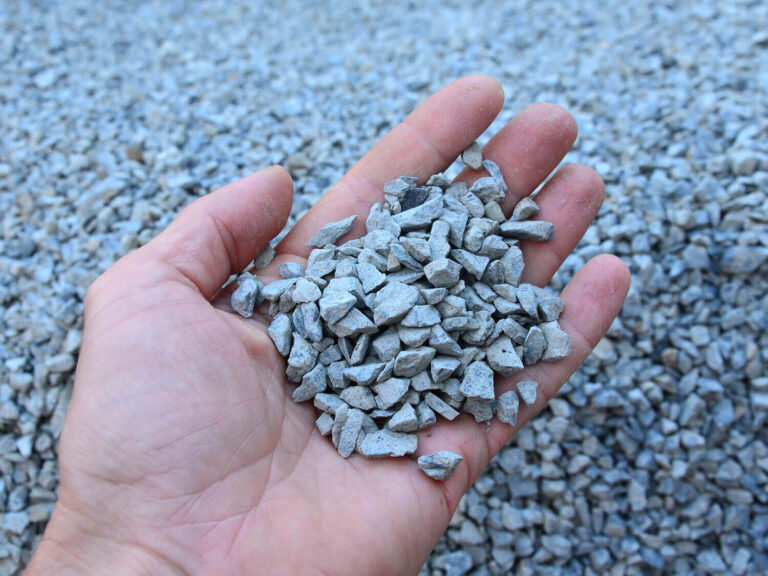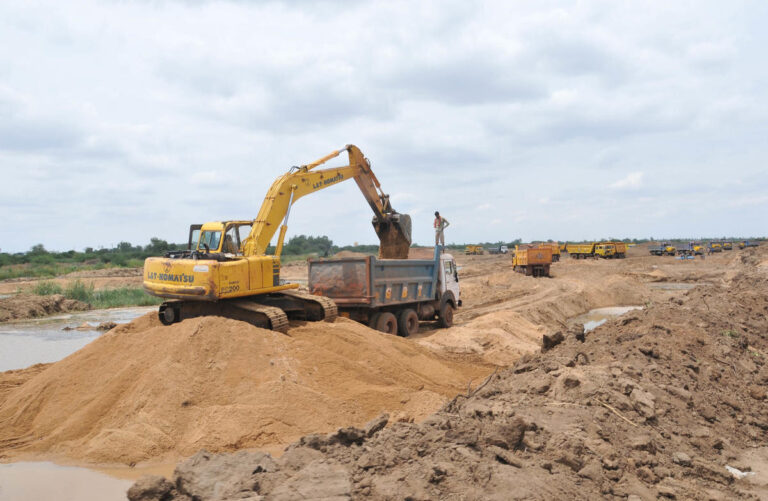Top 5 Benefits of Using M Sand in Residential Construction
In today’s rapidly evolving construction industry, choosing the right materials is crucial for building durable, cost-effective, and environmentally responsible homes. Manufactured sand, commonly known as M Sand, has emerged as a game-changer in residential construction projects. Understanding the M Sand benefits can help homeowners and builders make informed decisions that positively impact both construction quality and environmental sustainability.
What is M Sand?
M Sand is artificially produced sand created by crushing granite rocks through specialized machinery. This residential construction sand has become increasingly popular due to its consistent quality, availability, and superior performance characteristics. Unlike natural river sand, M Sand is manufactured under controlled conditions, ensuring uniform particle size distribution and freedom from harmful impurities.
Benefit 1: Superior Strength and Durability
One of the most significant advantages of M Sand over river sand is its exceptional strength properties. The angular particles of M Sand create better interlocking mechanisms when mixed with cement, resulting in stronger concrete structures. This enhanced bonding strength translates to increased compressive strength, making it ideal for residential foundations, columns, and load-bearing elements.
Why use M Sand in home construction for structural strength? The angular nature of M Sand particles provides superior grip and bonding compared to the rounded particles of river sand. This characteristic ensures that your home’s structural elements can withstand various loads and environmental stresses over time, contributing to the overall longevity of your construction project.
The consistent particle size distribution of M Sand eliminates weak spots in concrete, creating uniform strength throughout the structure. This reliability is particularly important in residential construction where structural integrity directly impacts safety and durability.
Benefit 2: Consistent Quality and Performance
Quality consistency is among the top reasons to choose M Sand for house building. Unlike natural river sand, which can vary significantly in quality depending on the source and extraction location, M Sand is produced under controlled manufacturing conditions. This controlled production process ensures that every batch meets specific quality standards and performance requirements.
The manufacturing process involves crushing granite stones to achieve predetermined particle sizes and removing impurities through washing and screening. This meticulous process results in sand that is free from clay, silt, and organic matter, which can negatively impact concrete strength and durability.
For residential construction projects, this consistency translates to predictable performance in concrete mixing, reduced material waste, and better overall construction quality. Builders can rely on M Sand’s consistent properties to achieve desired concrete grades and finishing quality.
Benefit 3: Environmental Sustainability
Environmental responsibility is increasingly important in modern construction, and M Sand stands out as one of the most viable eco-friendly sand alternatives. Traditional river sand extraction causes significant environmental damage, including riverbed depletion, erosion, and disruption of aquatic ecosystems.
M Sand production utilizes granite quarry waste and crusher dust, effectively recycling materials that would otherwise be discarded. This approach reduces the environmental impact of quarrying operations while providing a sustainable alternative to river sand. Additionally, M Sand production doesn’t require water body excavation, preserving natural water resources and maintaining ecological balance.
The reduced transportation requirements for M Sand, as it can be produced locally near construction sites, further minimize carbon footprint and environmental impact. This local production capability makes M Sand a sustainable choice for environmentally conscious homeowners and builders.
Benefit 4: Cost-Effectiveness and Availability
Economic considerations play a vital role in residential construction decisions. M Sand offers significant cost advantages over river sand, particularly in regions where natural sand is scarce or transportation costs are high. The local production capability of M Sand reduces transportation expenses and ensures consistent supply availability.
The advantages of M Sand over river sand extend to reduced construction costs through improved workability and reduced cement consumption. The angular particles of M Sand require less cement to achieve the same strength levels, resulting in material cost savings. Additionally, the consistent quality reduces the risk of construction defects and rework, further contributing to cost efficiency.
The reliable supply chain for M Sand eliminates construction delays caused by material shortages, helping projects stay on schedule and within budget. This reliability is particularly valuable for residential construction projects with tight timelines and budget constraints.
Benefit 5: Versatility in Applications
M Sand’s versatility makes it suitable for various applications in residential construction. M Sand for concrete and plastering offers excellent performance characteristics that meet diverse construction requirements. From foundation work to finishing applications, M Sand provides the consistency and quality needed for different construction phases.
In concrete applications, M Sand produces high-strength concrete suitable for structural elements like foundations, columns, and beams. For plastering work, M Sand can be processed to achieve the right particle size distribution for smooth finishes and excellent workability.
The adaptability of M Sand production allows manufacturers to customize particle sizes for specific applications, ensuring optimal performance in different construction phases. This versatility eliminates the need for multiple sand types, simplifying material procurement and inventory management.
Quality Standards and Testing
Residential construction sand must meet specific quality standards to ensure optimal performance. M Sand undergoes rigorous testing for particle size distribution, chemical composition, and physical properties. These tests ensure compliance with relevant Indian Standards (IS) and international specifications.
Regular quality testing includes checks for gradation, moisture content, bulk density, and specific gravity. These parameters directly impact concrete performance and construction quality, making quality assurance essential for residential construction projects.
Implementation Tips for Residential Construction
When incorporating M Sand into residential construction projects, proper handling and storage are essential. Protect M Sand from contamination and moisture to maintain its quality. Ensure proper mixing ratios and follow manufacturer guidelines for optimal results.
Work with experienced contractors who understand M Sand properties and application techniques. Proper implementation ensures that you realize all the M Sand benefits in your residential construction project.
About Aradhya Constructions
For premium quality M Sand and expert guidance on residential construction materials, trust Aradhya Constructions. We specialize in providing high-grade construction materials that meet industry standards and exceed customer expectations.
Contact Details:
- Phone:+91 9008 777 742
- Email:aradhyaconstructions01@gmail.com
- Address: CS-NICE Road Bannerughatta Road, Gundappa Layout, Gottigere, Bengaluru, Karnataka 560083
- Website: https://aradhyasands.com/
Frequently Asked Questions (FAQs)
1. Is M Sand suitable for all types of residential construction work?
Yes, M Sand is versatile and suitable for various applications including concrete work, plastering, masonry, and foundation construction. Its consistent quality makes it ideal for both structural and finishing work in residential projects.
2. How does M Sand compare to river sand in terms of cost?
M Sand is generally more cost-effective than river sand, especially considering transportation costs and availability. The reduced cement consumption and lower wastage also contribute to overall cost savings in residential construction projects.
3. What quality checks should I perform before using M Sand in my home construction?
Essential quality checks include particle size distribution, moisture content, chemical composition, and physical properties testing. Ensure the M Sand meets relevant IS standards and is free from harmful impurities like clay and organic matter.
4. Can M Sand be used for both structural and finishing work?
Yes, M Sand can be used for both structural concrete work and finishing applications like plastering. Different grades and particle sizes can be selected based on specific application requirements to achieve optimal results.
5. How does using M Sand contribute to environmental sustainability?
M Sand production reduces pressure on natural water bodies, utilizes quarry waste materials, and minimizes environmental impact compared to river sand extraction. It’s considered an eco-friendly alternative that supports sustainable construction practices.







